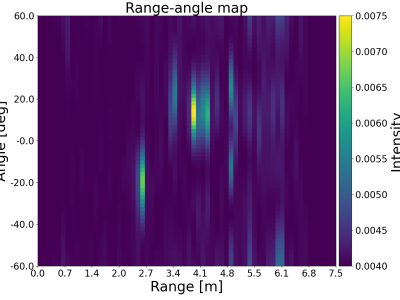
<p>The uploaded datasets contain packet arrival times from six distinct human-to-machine (H2M) applications for traffic modeling collected from a VR-based H2M experimental platform. The master device comprises VR gloves, each with two orientation sensors on the thumb and wrist (9-DOF) and five flexible sensors per finger for movement and force tracking. The sensors sample at 200 Hz, transmitting control signals via a customized Bluetooth interface (30 m range). Each control instance has 93 elements.
- Categories:








